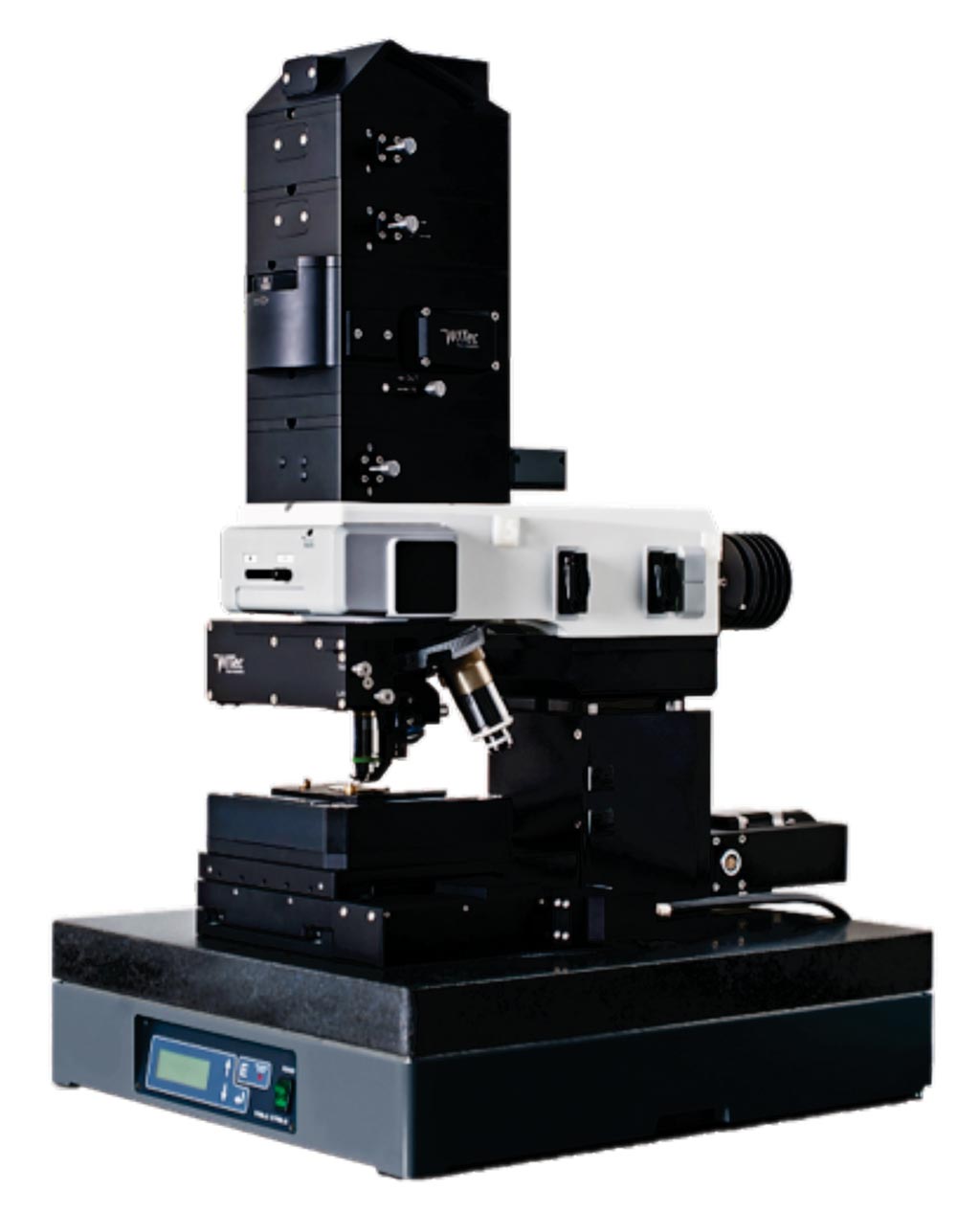Resistance of Tumor Cells to Cancer Drugs Detected
By LabMedica International staff writers
Posted on 06 Nov 2018
Acquired resistance is developing during treatment of cancer patients who were initially responding to the therapy. Drug resistance is mediated by mutations acquired during therapy, in addition to other adaptive responses.Posted on 06 Nov 2018
Currently used in vitro assays to monitor the drug efficacy and acquired resistance are often performed using fluorescently labeled drug molecules, Western blot, and cytotoxicity assays. However, proteins are highly coupled within networks and signal transduction networks are complex.

Image: The WITec alpha 300AR confocal Raman microscope (Photo courtesy of WITec).
Scientists at the Ruhr-University Bochum (Bochum, Germany) used tyrosine kinase receptor inhibitors that have been approved for lung cancer therapy. They inhibit cell growth by binding to specific proteins on the cell surface. However, patients develop resistance to the drugs in the course of therapy, because of protein changes in cancer cells. A WITec alpha 300AR confocal Raman microscope (Ulm, Germany) was used to acquire Raman micro-spectroscopic imaging of cancer cells. Raman micro-spectroscopic measurements were performed by raster-scanning the laser light over cancer cells to acquire a Raman spectrum at a speed of 0.5 seconds per pixel with a pixel resolution was 500 nm.
The team reported that non-small cell lung cancer (NSCLC) patients with epidermal growth factor receptor (EGFR) mutations develop acquired resistance to first (erlotinib)- and third (osimertinib)-generation tyrosine kinase inhibitors (TKIs). Large erlotinib-induced differences were detected by Raman micro-spectroscopy in NSCLC cells without T790M EGFR mutation, but not in cells with this mutation. Additionally, Raman difference spectra detected the response of NSCLC cells with T790M EGFR mutation to second- (neratinib) and third-generation (osimertinib) TKIs, and the resistance of cells with T790M/C797S EGFR mutation to osimertinib.
The in vitro Raman results indicated that NSCLC cells with T790M and T790M/C797S EGFR mutations are resistant to erlotinib- and osimertinib, respectively, consistent with the observed responses of patients. The authors concluded that their study shows the potential of Raman micro-spectroscopy to monitor drug resistance and opens a new door to in vitro companion diagnostics for screening personalized therapies. The study was published on October 15, 2018, in the journal Scientific Reports.








 (3) (1).png)





